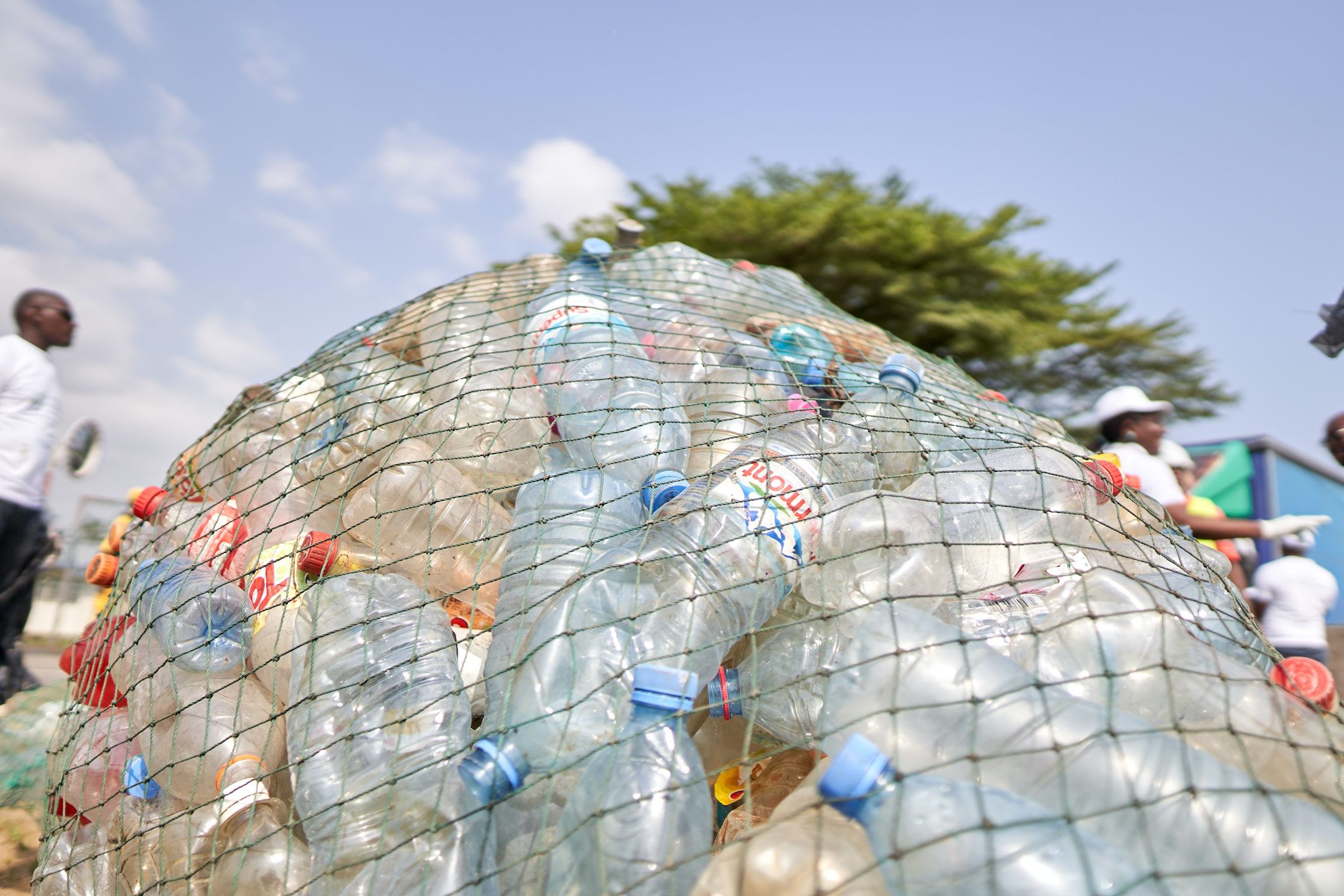
How to Recycle PET Plastic Bottles? - Five Methods for Recycling PET
Nowadays, recycling and the use of renewable resources are significant decisions for creating a circular economy. With its many potential uses, PET material(polyethylene terephthalate) is a plastic material that offers a big advantage in many applications, while when it comes to recycling and reusing, most of us would wonder is polyethylene terephthalate recyclable. and if so, how is a plastic bottle recycled, and what can a plastic bottle be recycled into? In this article, I will guide you to see everything about PET plastic bottle recycling.
Is PET Plastic Recyclable?
Since PET plastic is all over our world, whether it is recyclable or not? The answer is definitely YES, its environmental benefits are noteworthy: PET packaging is entirely recyclable, capable of being deconstructed into fundamental components for the creation of various products. This recycling process significantly diminishes landfill waste accumulation annually, curbing the detrimental environmental effects associated with excessive waste disposal. The PET plastic, also known as polyethylene terephthalate packaging, when it's recycled, it can serve as a favored material for product packaging across diverse industries due to its exceptional qualities—such as its remarkable clarity and resilient yet lightweight composition. What's more, the versatility of PET plastic extends to numerous recycling possibilities, showcasing its pivotal role in sustainable practices.
What Can a Plastic Bottle be Recycled into?
PET plastic bottles can be recycled into various products, which can benefits our life a lot, you might even haven't noticed it yet, they are showcasing the versatility and sustainability of this material.
1. The most common reuse of recycled PET plastic is in retail packaging, where old PET bottles or packaging can seamlessly transform into brand-new PET containers used across industries like beauty, pharmaceuticals, and food and beverages. This recycling process ensures the same structural integrity and transparency as non-recycled PET plastic, effectively reducing waste and pollution.
2. Moreover, PET plastic finds its way into the clothing industry, where it is broken down into base polymers to create durable polyester fabric. This fabric is popular for its versatility in clothing, including wind and water-resistant apparel, and even as insulation material.
3.Additionally, PET plastic can be transformed into polyester carpet fibers, resulting in stain-resistant and durable carpets, which generate fewer emissions compared to virgin plastics. The ability to recycle PET repeatedly emphasizes its positive environmental impact, reducing landfill waste and contributing to a more sustainable future across various sectors.
How Is a Plastic Bottle Recycled - Five Methods for Recycling PET
1. Recycling with mechanical means Mechanical recycling:
Mechanical recycling is a process where discarded PET products are crushed, cleaned, dried, melted, and transformed into reusable PET particles. These particles can be used to make new plastic products such as bottles and fibers. Mechanical recycling technology offers advantages of fast processing speed and lower costs, but it may also result in pollution and lower purity of the recycled material.
2. Chemical recycling:
In chemical recycling, used PET products are broken down into basic chemical materials like ethylene glycol (EG) and terephthalic acid (TPA) through chemical treatment. By using these materials to make new PET resin, circular resource utilization is accomplished. Higher recycling rates are possible with chemical recycling technology, but the costs and complexity of the processing are higher.
3. Pyrolysis recycling:
Recycling by pyrolysis is the process of breaking down used PET products at high temperatures to produce solid, gas, and oil byproducts. Natural gas and petroleum are among the reusable resources found in these byproducts.
The technology of pyrolysis recycling has the benefit of high resource utilization, but it is energy-intensive and may release hazardous gases.
4. Biodegradation:
Biodegradation refers to decomposing discarded PET products into water-soluble small molecules using biodegradable agents, thus achieving natural degradation in the environment. Biodegradation technology has environmental advantages, but it has slower degradation rates and may impact soil quality.
5. Energy recovery:
Energy recovery is the process of turning abandoned PET products into energy by landfilling or incineration. This process produces clean energy and decreases waste. However, hazardous gases produced by energy recovery procedures could contaminate the environment.
Best PET Material Supplier to Work with
One of the top PET plastic manufacturer in China, Wankai New Materials Co., Ltd is committed to recycling and green environmental preservation. PET has advanced significantly in recycling and resource regeneration when compared to conventional materials. PET recycling and reuse technology has advanced to a point of considerable breakthrough thanks to ongoing technological innovation and opBased on their needs and realities, nations should select the most appropriate PET recycling technology. Sustainable and eco-friendly recycling technologies will receive increased attention in future development. Multidisciplinary research and technological innovation will also contribute to lower costs, increased recycling efficiency, and the growth of the PET recovery sector.timization.

